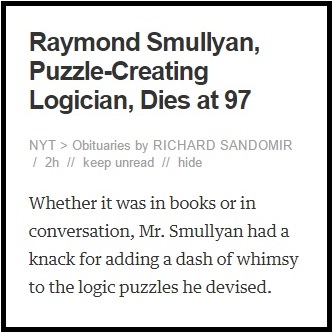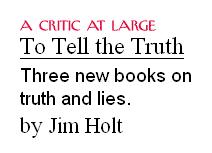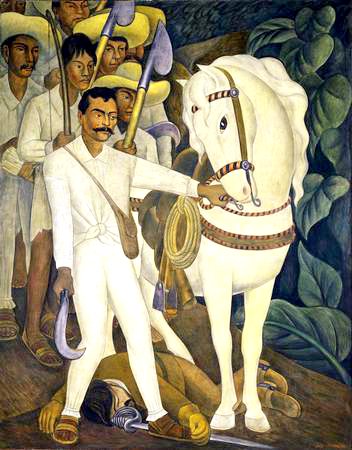


The above 1975 book by Robert Greer Cohn, Modes of Art, is
Volume I of a planned three-volume work.
The passage below is from a review of Cohn's Vol. II, Ways of Art —
|
Franklin, Ursula (1987) "Book Review: A Critical Work II. . . . . Those not familiar with the author's epistemology should begin with Appendix A of Ways of Art , a schematic demonstration of his tetrapolar-polypolar-dialectic, especially as it concerns the development of the French novel within the European tradition. But this dialectic, which has antecedents in Kierkegaard, Mallarme and Joyce, underlies all art, because: "this dimensional pulsation, or tetrapolar (and polypolar) higher vibrancy is, in short, the stuff of life: life is vibrant in this more complex way as well as in the more bipolar sense" (7). Cohn shows that "far out enough" the male or linear and the female or circular, the male vertical and the female horizontal dimensions "tend to merge as in relativity theory" (19). Ways of Art shows us the way through a historical becoming of art in its complex dialectic in which the metonymic (horizontal) axis constantly interrelates with the metaphoric (vertical). "Life is the mother, art the father" (vii); hence Cohn's quarrel with most contemporary Feminism, which is pronounced throughout the volume. Firmly grounded in its author's tetra-polypolar epistemology, this beautiful book becomes, however, at no point dryly abstract; it is the mature work of a true humanist who stands in clear and open opposition to the dehumanizing trend of "the quasi-scientific reductionism and abstract gimmickry of a great deal of current academic literary study, bellwethered by the structuralists, post-structuralists, and deconstructionists" (vi). Abundant footnotes constitute a substantial part of Ways of Art , on occasion developing insights almost into essays demonstrating crucial points along the general flow of the tradition from "Obscure Beginnings;' the opening chapter, to our "Contemporaries;' the last. Cohn reminds us that "In the Beginning was the Word;' for the Judaeo-Christian tradition at least, which his study fervently embraces; thus, for example, in Appendix 0 on "The Dance of the Sexes;' he censures "those who live by slogans, camps, and peer-opinion, the countless little bastard cults which characterize an era which has massively veered away from our free and beautiful Greco-Judaeo-Christian tradition" (332). Cohn traces man's way and that of his myths and rituals culminating in his art from that beginning along the lines of Freud, Neumann and Cassirer, and many others, always demonstrating the underlying polypolar dialectical rhythm. Thus in "From Barbarism to Young Culture;' we follow the Celts to Druidic ritual, Hebrew beginnings to the Psalms, Dionysian ritual to Greek tragedy, and thence to the beginnings of French dramatic literature originating in the Quem quaeritis sequence of the medieval Mass. Along the way arises artistic symbolism, for Cohn synonymous with "effective poetry;' to finally "ripen in France as never before" (99). Table I (134) graphs this development from the twelfth to the late nineteenth and early twentieth centuries. The author traces the rise of the artistic vocation from its antecedents in the double function of bard and priest, with the figure of Ronsard at the crossroads of that dying institution and the nascent concept of personal glory. "The Enlightenment Vocation" is exemplified in Montaigne, who humanizes the French cultural elite and points the way to French classicism and, farther down the road, after the moral collapse with the outgoing reign of Louis XIV, toward the Age of Reason. Clearly the most significant figure of the French Enlightenment for all of Western civilization is Rousseau, and Cohn beautifully shows us why this is so. Subsequently, "the nineteenth-century stage of the writer's journey will lead, starting from the crossroads of Rousseau, primarily in these two directions: the imperialistic and visionary prose of Balzac, the equally ambitious poetry of Mallarme", brothers under the skin" (199). And these two paths will then be reconciled in Proust's monumental A la recherche du temps perdu . . . . . |













